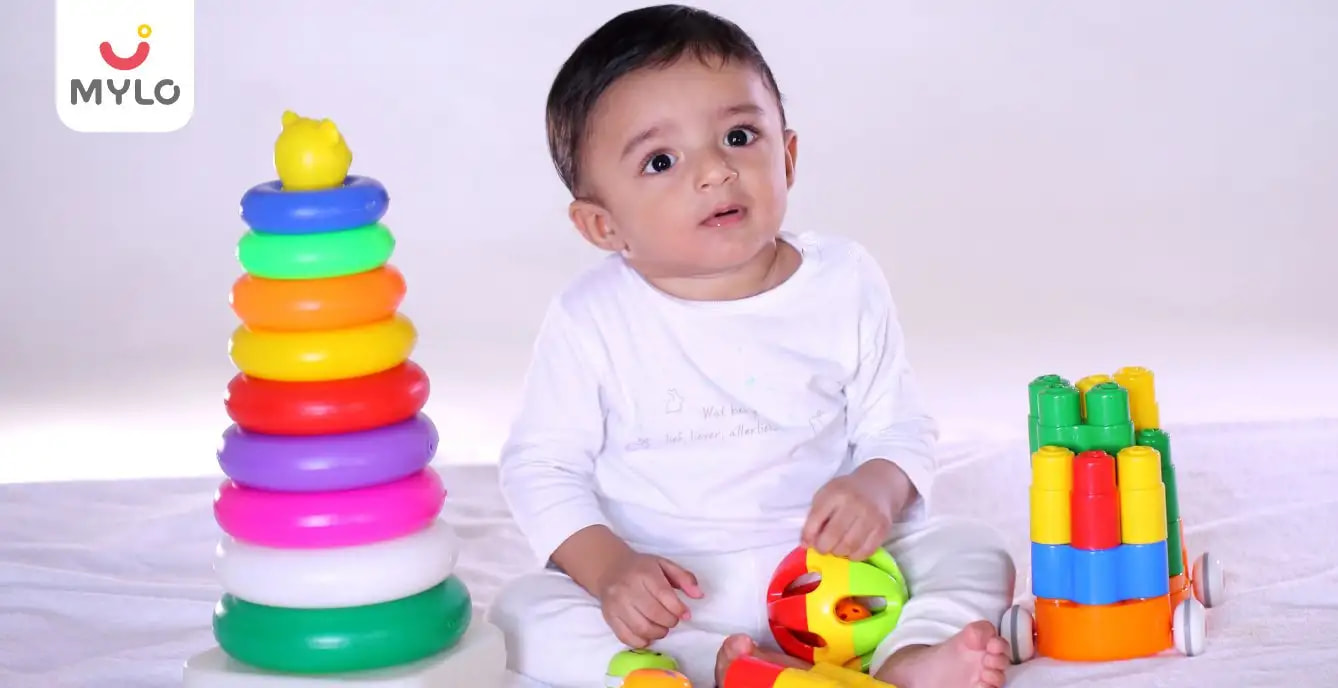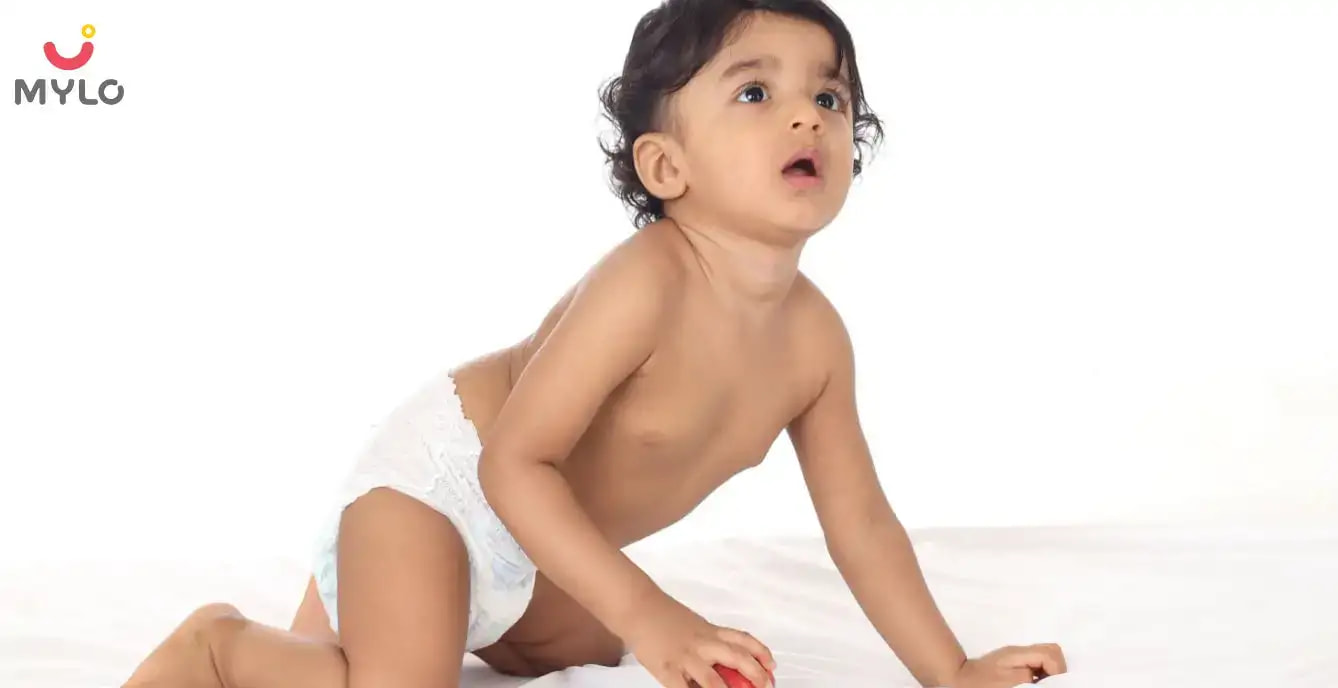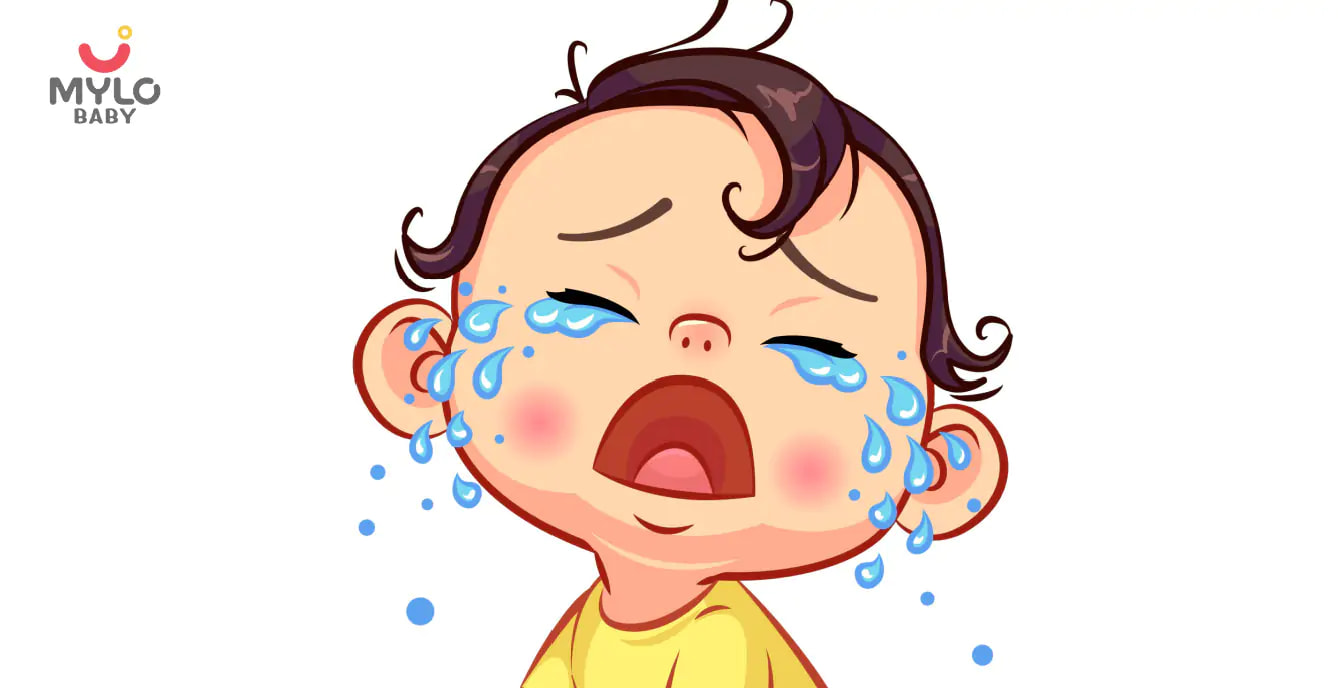Home

Growth & Development

When can babies see and how far?
In this Article
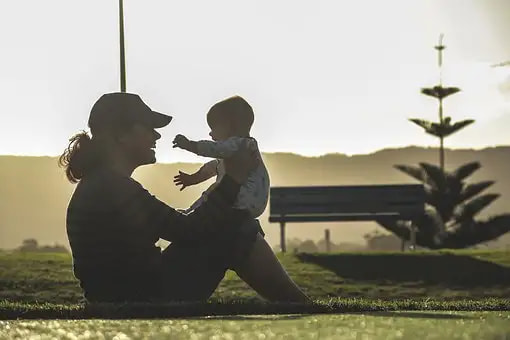
Growth & Development
When can babies see and how far?
Updated on 29 January 2022
One of the important physical milestones of a baby is the development of his eyesight that is blurry after birth and gradually develops with the advancing months. The infant’s vision development is extremely crucial as it paves the path for your little one to achieve many other milestones.
Newborns’ vision
When can newborns see
Newborns can see since the time they are born, but their vision is blurred or fuzzy [1]. After birth, most babies are cross-eyed because the inner corners of their eyes have additional folds of skin [12]. This cross-eyed look, however, goes away by the third month [21].
What can newborns see
A newborn’s vision ranges from 20/200 to 20/400 after birth [3]. An infant being nearsighted can only see things or people clearly when they are at a distance of eight to twelve inches from them. [2, 3]. As he has not mastered the art of fixing his vision on a particular object, his eyes will be wandering around the room. Your newborn will also not be able to make any eye contact with you [1].
Do babies see upside down
It is believed that newborns tend to see things upside down in their initial days. According to some researches, images first reach our brain through the eyes in an upside down manner. The former then flips them over so we see the images the right side up. But, the brain of a newborn is not yet practiced enough to flip the images, that may result in your baby having an inverted vision. However, there is no concrete studies about the fact.
When can babies see color
Babies develop the ability to differentiate between dark and light from the time they are in their mother’s womb [4]. The newborns can see colors right from their birth though they are unable to differentiate between them. Throughout the first month, they will be more interested in looking at contrast color objects, preferably black and white.
When their brain matures after the second month they start to distinguish between colors. Red is the first primary color that will catch his eyes once he begins to show the visual skill of identifying colors [4]. As he advances to the third month, he starts recognizing full spectrum colors such as orange, green, blue and pink. By the time he is six months of age, his color perception develops to a greater extent, with his visual acuity improving to 20/25 [5].
Depth perception in infants
When your little one is about four or five months old, he begins to develop the skill of depth perception. His eyes can coordinate together to attain a three-dimensional perspective of the world, also beginning to understand the closeness and distance of objects [5].
Till this time, babies are usually unable to locate or trace the size, shape and position of a particular object. In fact, before the fourth month their brain do not develop enough to send signals to the hand for recognizing or grasping anything. After the development of depth perception, they can spot and track objects present in the room as well as understand how near or far it is from them [4, 5, 6].
How to help in your baby’s vision development
- After your baby begins to differentiate between similar shades show him bright colored objects or toys of varied shapes to sharpen his color sense further.
- Keep a lot of colorful books having attractive pictures in front of your baby and read out to him regularly to develop his visual as well as hearing and perception skills.
- As his tracking and grasping skills improve, give him some toys which are easy to hold, like a rattle.
- You can play a game of peek-a-boo with him when he is about seven months of age to check his brain-eye coordination.


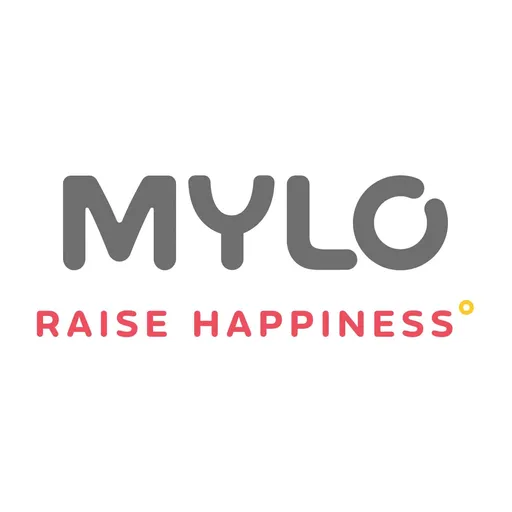
Written by
Ravish Goyal
Official account of Mylo Editor
Read MoreGet baby's diet chart, and growth tips

Related Articles
Related Questions
Hello frnds..still no pain...doctor said head fix nhi hua hai..bt vagina me pain hai aur back pain bhi... anyone having same issues??

Kon kon c chije aisi hai jo pregnancy mei gas acidity jalan karti hain... Koi btayega plz bcz mujhe aksar khane ke baad hi samagh aata hai ki is chij se gas acidity jalan ho gyi hai. Please share your knowledge

I am 13 week pregnancy. Anyone having Storione-xt tablet. It better to have morning or night ???

Hlo to be moms....i hv a query...in my 9.5 wk i feel body joint pain like in ankle, knee, wrist, shoulder, toes....pain intensity is high...i cnt sleep....what should i do pls help....cn i cosult my doc.

Influenza and boostrix injection kisiko laga hai kya 8 month pregnancy me and q lagta hai ye plz reply me

Related Topics
RECENTLY PUBLISHED ARTICLES
our most recent articles
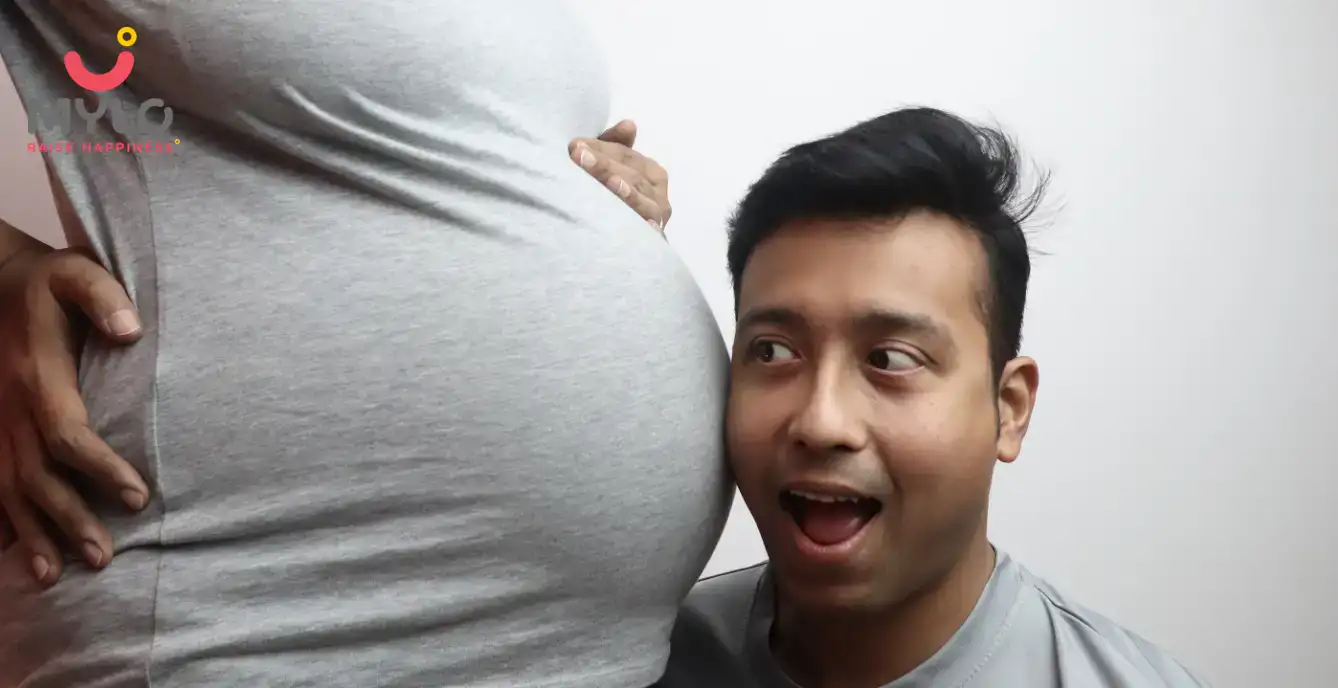
General Father
Top tips: What can dads do when the wife goes into labour
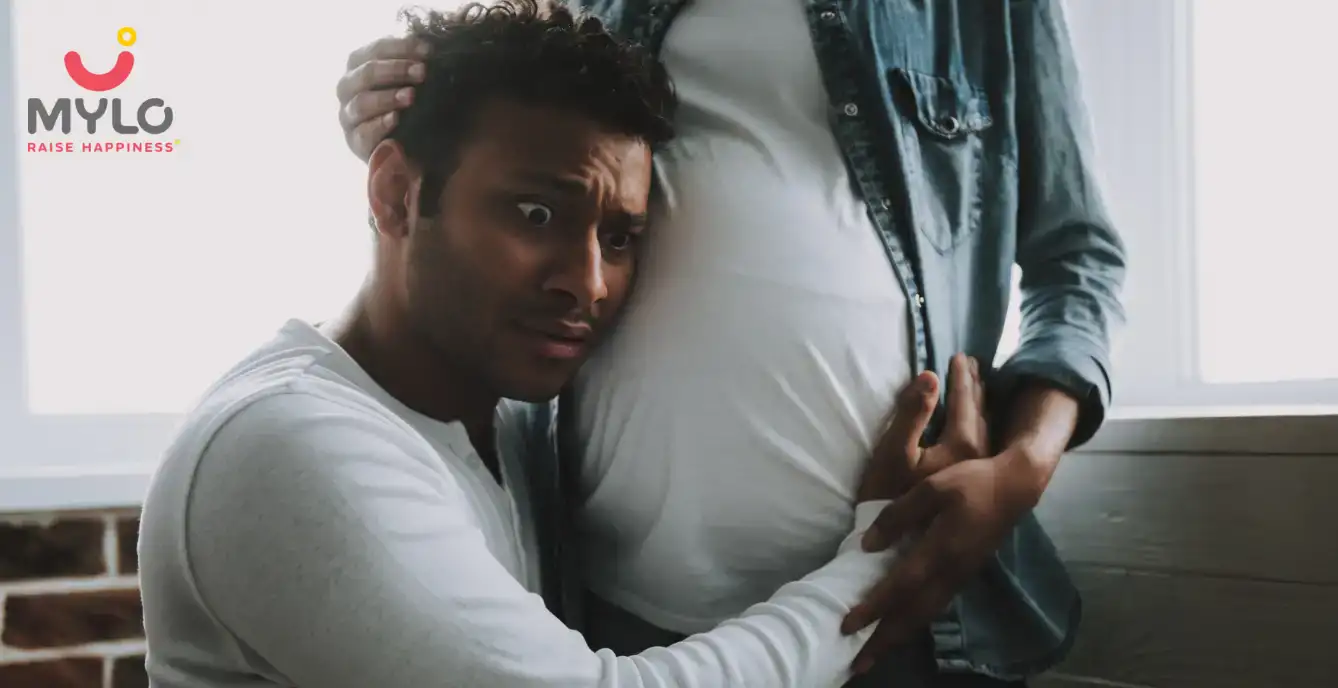
General Father
Postpartum depression can be cured - Here's how you can help your wife
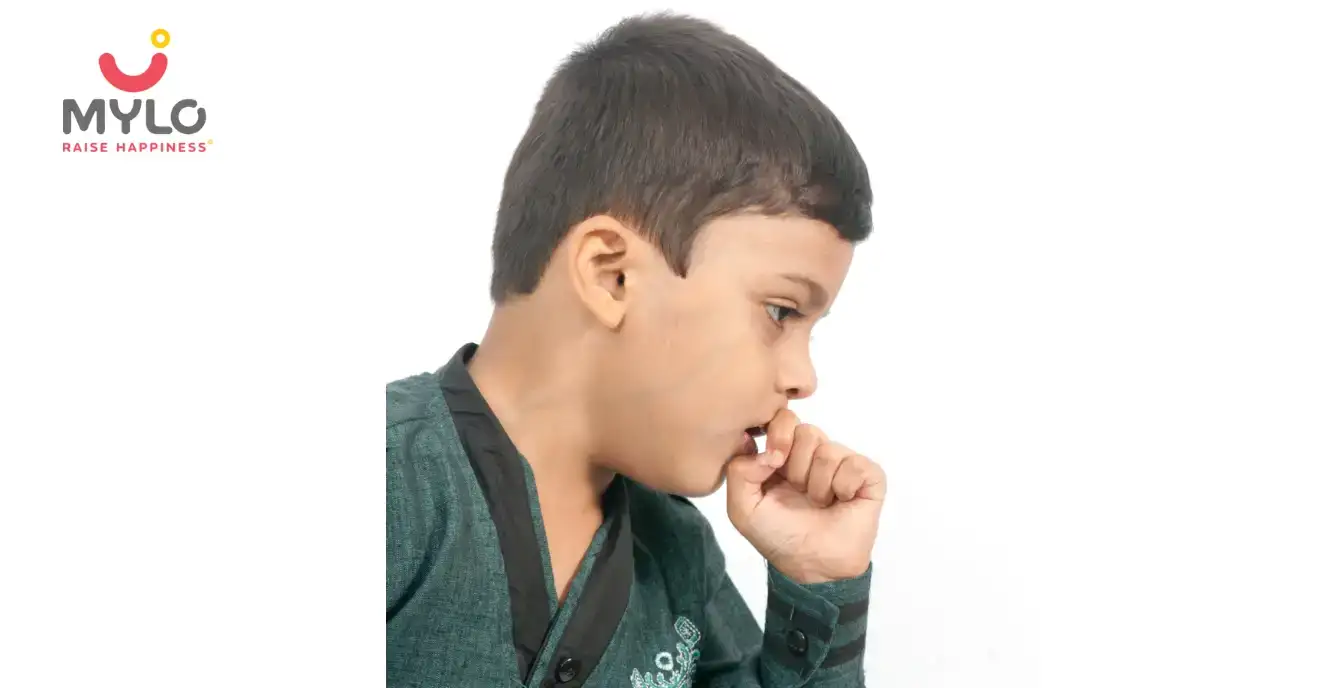
Home Remedies
5 amazing home remedies for cough and cold in toddlers
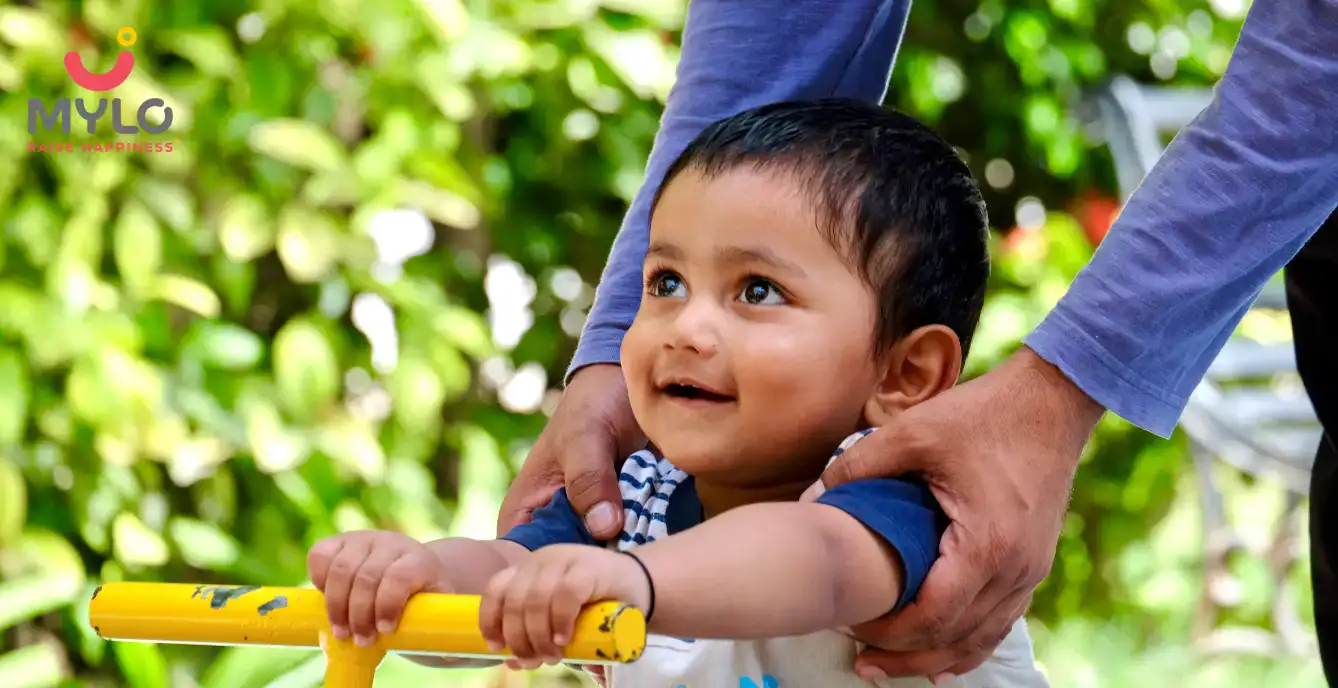
General Father
These 6 fun activities are great for dad and baby bonding

Urinary Tract Infections (UTI)
Treating UTI in toddlers
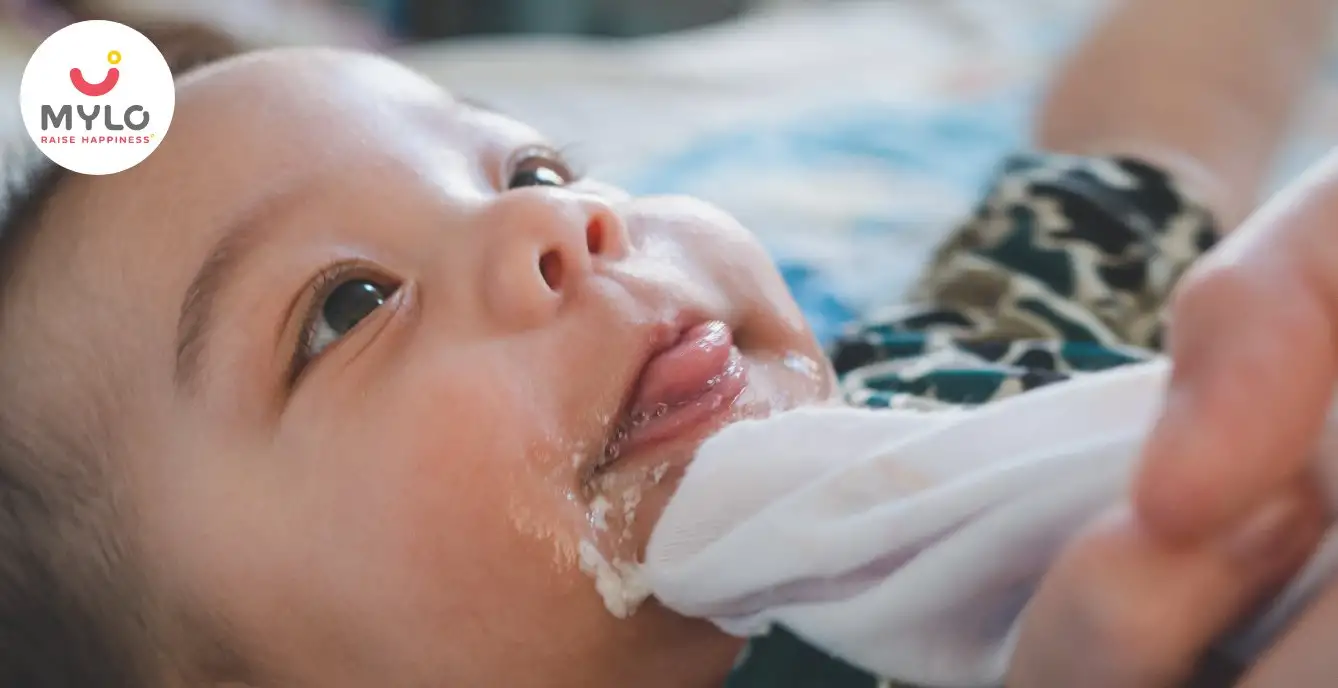
Nausea & Vomiting
Vomiting in Babies: Top 5 reasons why it happens & how you can prevent it?
- Comfort your partner about pregnancy changes
- How To Be A Supportive Husband To Your Partner During Childbirth
- Top travel tips you must consider for experiencing an unforgettable Babymoon
- Difference between viral infection and bacterial infection and what to do if your kid catches one
- What to do if my child has measles?
- Pregnant ladies and new moms: what to eat and what not to eat while fasting in Navratras
- Choosing the right toys for the right age
- Caring for a baby with Down syndrome
- Wondering how long should you be tracking your baby's feed? We will help you
- Co-Parenting? Here’s What You Should Be Doing
- Age-Appropriate Toys for Your Little One
- How To Prepare To GO Back To Work After Paternity Leave
- my story....You must read those who are sufferings problems from in-laws families and husband
- Ensure that your home is safe for your baby


AWARDS AND RECOGNITION

Mylo wins Forbes D2C Disruptor award

Mylo wins The Economic Times Promising Brands 2022
AS SEEN IN
















- Mylo Care: Effective and science-backed personal care and wellness solutions for a joyful you.
- Mylo Baby: Science-backed, gentle and effective personal care & hygiene range for your little one.
- Mylo Community: Trusted and empathetic community of 10mn+ parents and experts.
Product Categories
baby carrier | baby soap | baby wipes | stretch marks cream | baby cream | baby shampoo | baby massage oil | baby hair oil | stretch marks oil | baby body wash | baby powder | baby lotion | diaper rash cream | newborn diapers | teether | baby kajal | baby diapers | cloth diapers |



